Home>Furniture & Design>Interior Design Trends>How To Use Alcohol Ink On Glass


Interior Design Trends
How To Use Alcohol Ink On Glass
Modified: August 16, 2024
Discover the latest interior design trend with our guide on how to use alcohol ink on glass. Elevate your space with this unique and creative technique.
(Many of the links in this article redirect to a specific reviewed product. Your purchase of these products through affiliate links helps to generate commission for Storables.com, at no extra cost. Learn more)
Introduction
Alcohol ink is a versatile and vibrant medium that has gained popularity in the world of art and design. Its stunning translucent and fluid properties make it an ideal choice for creating mesmerizing effects on various surfaces, including glass. Whether you are a seasoned artist or a beginner looking to explore a new creative outlet, using alcohol ink on glass can yield breathtaking results that are sure to captivate the eye.
The process of working with alcohol ink on glass offers a unique and rewarding experience, allowing artists to experiment with colors, textures, and techniques to achieve stunning visual effects. From creating ethereal landscapes to crafting intricate abstract designs, the possibilities are endless when it comes to working with alcohol ink on glass.
In this comprehensive guide, we will delve into the fascinating world of alcohol ink art on glass, exploring the materials needed, preparation of the glass surface, application techniques, methods for creating different effects, sealing the alcohol ink, as well as valuable tips and tricks to enhance your creative journey. Whether you are looking to adorn glassware, create striking art pieces, or personalize home decor items, mastering the art of using alcohol ink on glass will open up a world of artistic possibilities.
Join us as we embark on an inspiring exploration of this captivating medium, uncovering the secrets to unlocking its full potential and bringing your artistic visions to life on glass surfaces. Let's dive into the enchanting realm of alcohol ink art and discover the magic of transforming ordinary glass into extraordinary works of art.
Key Takeaways:
- Unleash your creativity by using alcohol ink on glass to create mesmerizing art pieces with vibrant colors, fluid textures, and captivating effects. Embrace experimentation and the fluid nature of alcohol inks to bring your artistic visions to life.
- Prepare, apply, and seal alcohol ink on glass surfaces to preserve and showcase your artwork. From cleaning and degreasing the glass to embracing serendipity and incorporating metallic accents, explore diverse techniques to craft stunning compositions that exude depth and vibrancy.
Read more: How To Use Alcohol Inks On Glass
Materials Needed
When venturing into the captivating realm of alcohol ink art on glass, it's essential to gather the necessary materials to ensure a seamless and enjoyable creative process. Here's a comprehensive list of the essential items you'll need to embark on your alcohol ink journey:
-
Alcohol Inks: These vibrant, dye-based inks are the heart of your creative endeavor. Available in a wide array of colors, alcohol inks offer rich pigmentation and stunning translucency, allowing you to achieve captivating effects on glass surfaces.
-
Isopropyl Alcohol (or Blending Solution): Isopropyl alcohol serves as a crucial component for diluting alcohol inks, creating fluidity, and facilitating the blending of colors. Alternatively, a blending solution specifically designed for alcohol inks can be used to achieve seamless transitions and ethereal effects.
-
Glass Surfaces: Whether you're working on glassware, picture frames, or decorative glass panels, selecting the appropriate glass surfaces is vital. Ensure that the glass is clean, free of any residues, and ready to absorb the vibrant hues of the alcohol inks.
-
Protective Gear: As alcohol inks contain solvents, it's essential to prioritize safety. Protective gloves, a well-ventilated workspace, and, if necessary, a respirator, are crucial for ensuring a safe and comfortable creative environment.
-
Applicators: Various applicators such as felt pads, foam brushes, or droppers are indispensable for applying and manipulating alcohol inks on glass surfaces. These tools enable precise application and offer versatility in creating different textures and effects.
-
Palette and Mixing Cups: A non-porous palette or mixing cups are essential for blending and diluting alcohol inks with isopropyl alcohol or blending solution. These tools facilitate color customization and allow for experimentation with different ink concentrations.
-
Protective Sealant: Once your alcohol ink masterpiece is complete, a protective sealant designed for glass surfaces will help preserve the vibrancy and longevity of the artwork. Select a sealant that is compatible with alcohol inks and provides a durable finish.
-
Optional Accessories: While not essential, additional accessories such as heat guns for accelerating drying times, masking tape for creating defined borders, and stencils for adding intricate patterns can enhance your creative process and expand the range of effects achievable with alcohol inks on glass.
By assembling these essential materials, you'll be well-equipped to embark on your alcohol ink adventure, unleashing your creativity and exploring the boundless possibilities of this captivating medium on glass surfaces.
Preparing the Glass Surface
Before delving into the mesmerizing world of alcohol ink art on glass, it is crucial to prepare the glass surface to ensure optimal adhesion and longevity of the artwork. Proper preparation sets the foundation for vibrant and enduring results, allowing the alcohol inks to bond seamlessly with the glass. Here's a detailed guide on preparing the glass surface for your alcohol ink masterpiece:
Cleaning the Glass:
Begin by thoroughly cleaning the glass surface with a gentle glass cleaner to remove any dust, fingerprints, or residues. Ensure that the glass is entirely free of any contaminants that may hinder the adhesion of the alcohol inks. A lint-free cloth or paper towel can be used to achieve a pristine, debris-free surface, setting the stage for the application of alcohol inks.
Degreasing the Surface:
After cleaning the glass, it is essential to degrease the surface to eliminate any lingering oils or greasy residues. Isopropyl alcohol or a dedicated glass cleaner with degreasing properties can be used to effectively remove any remaining oils or contaminants. This step is crucial for promoting strong adhesion and preventing the alcohol inks from beading or repelling on the glass surface.
Read more: How To Seal Alcohol Ink On Glass
Creating a Dust-Free Environment:
To ensure a flawless application of alcohol inks, it is advisable to work in a dust-free environment. Minimize airborne particles by choosing a well-ventilated workspace and allowing any cleaning agents to evaporate completely before proceeding with the application of alcohol inks. This precaution helps prevent unwanted particles from adhering to the wet ink and compromising the final result.
Optional Surface Priming:
In some cases, particularly with non-porous or exceptionally smooth glass surfaces, applying a surface primer designed for glass can enhance the adhesion of alcohol inks. This step is optional but can be beneficial for achieving a more receptive surface for the alcohol inks to bond with. Follow the manufacturer's instructions for the primer application and allow sufficient drying time before proceeding with the alcohol ink application.
By meticulously preparing the glass surface through thorough cleaning, degreasing, and creating a dust-free environment, you establish the ideal canvas for the vibrant and captivating effects of alcohol ink art. This foundational preparation sets the stage for seamless ink application and ensures the longevity of your stunning creations on glass surfaces.
Applying Alcohol Ink
Once the glass surface is meticulously prepared, it's time to embark on the captivating process of applying alcohol ink. This stage of the creative journey allows for the infusion of vibrant colors and the exploration of mesmerizing effects on the glass canvas. Here's a detailed guide on the enchanting process of applying alcohol ink to glass surfaces:
1. Selecting Your Color Palette:
Before commencing the application, carefully select the alcohol ink colors that resonate with your artistic vision. Whether you opt for a harmonious blend of hues or a striking contrast of colors, the selection process sets the tone for the visual narrative you aim to convey through your artwork.
Read more: What HP Printer Uses 63 Ink
2. Applying the Alcohol Ink:
Using your chosen applicator, whether it's a felt pad, foam brush, or dropper, begin applying the alcohol ink onto the glass surface. Embrace the fluid nature of alcohol inks, allowing the colors to flow and merge organically. Experiment with different application techniques, such as stippling, swirling, or layering, to create captivating textures and gradients.
3. Embracing Fluidity and Blending:
As the alcohol inks interact with the glass surface, embrace the fluidity and blending capabilities of the medium. Introduce isopropyl alcohol or a blending solution to facilitate seamless transitions between colors, creating ethereal gradients and captivating visual effects. The interplay of colors and the fluid nature of alcohol inks offer endless opportunities for artistic expression.
4. Exploring Controlled Techniques:
For precise and controlled applications, consider using masking tape to create defined borders or stencils to introduce intricate patterns onto the glass surface. These techniques allow for the creation of sharp edges, geometric designs, or intricate motifs, adding depth and complexity to your alcohol ink artwork.
5. Building Layers and Depth:
To enhance the visual depth and complexity of your artwork, consider layering alcohol inks to create captivating depth and dimension. Experiment with translucent layers, allowing the underlying colors to subtly peek through, adding a sense of depth and intrigue to your glass masterpiece.
Read more: How To Store Ink Cartridges When Not In Use
6. Embracing Serendipity:
Embrace the unpredictable and serendipitous nature of alcohol ink art. Allow the inks to organically interact and blend, welcoming unexpected patterns and mesmerizing color interactions. Embracing spontaneity and unpredictability can lead to the creation of truly unique and captivating compositions.
By embracing the fluidity, vibrancy, and versatility of alcohol inks, you can unleash your creativity and bring your artistic visions to life on glass surfaces. The process of applying alcohol ink is a captivating exploration of color, texture, and fluidity, offering endless opportunities for artistic expression and the creation of breathtaking visual narratives.
Techniques for Creating Different Effects
Exploring various techniques for creating captivating effects with alcohol ink on glass surfaces opens up a world of artistic possibilities. From ethereal wisps of color to intricate patterns and mesmerizing textures, the application of different techniques allows artists to craft unique and visually stunning compositions. Here are several techniques that can be employed to achieve a diverse range of effects:
-
Marbling and Swirling: By delicately swirling and manipulating the alcohol inks on the glass surface, mesmerizing marbled patterns can be created. This technique involves gently coaxing the inks to intermingle, resulting in captivating swirls and organic patterns that evoke a sense of fluidity and movement.
-
Alcohol Blowing: Utilizing a straw or air puffer, artists can harness the power of air to disperse and manipulate the alcohol inks on the glass. This technique allows for the creation of delicate wisps, ethereal veils, and intricate tendrils of color, adding an element of whimsy and airiness to the artwork.
-
Drip and Drop: Embracing spontaneity, the drip and drop technique involves allowing the alcohol inks to drip and cascade across the glass surface. This method can result in captivating drips, organic formations, and serendipitous interactions between colors, yielding dynamic and expressive compositions.
-
Alcohol Lift: By strategically layering alcohol inks and introducing isopropyl alcohol, artists can experiment with the alcohol lift technique. This process involves lifting and removing portions of the ink to reveal underlying layers, creating intriguing negative spaces and adding depth to the artwork.
-
Heat Application: Introducing heat to the alcohol inks using a heat gun or hairdryer can yield fascinating effects. The application of heat encourages the inks to disperse and blend in unique ways, creating dynamic textures, cellular patterns, and captivating color interactions.
-
Incorporating Metallic Mixatives: Adding metallic mixatives to the alcohol inks introduces a lustrous and reflective element to the artwork. The metallic mixatives can be swirled, layered, or blown to create shimmering accents, metallic veins, and striking contrasts against the vibrant colors.
By experimenting with these techniques and embracing the inherent fluidity and unpredictability of alcohol ink on glass, artists can unleash their creativity and craft captivating compositions that showcase the mesmerizing effects achievable with this versatile medium. Each technique offers a distinct avenue for artistic exploration, inviting artists to push the boundaries of their creativity and unlock the full potential of alcohol ink art on glass surfaces.
Sealing the Alcohol Ink on Glass
Once the mesmerizing artwork using alcohol ink on glass is complete, it is essential to seal the masterpiece to preserve its vibrancy and longevity. Sealing the alcohol ink not only protects the artwork from external elements but also enhances its visual appeal, creating a durable and enduring finish. Here's a comprehensive guide on the crucial process of sealing alcohol ink on glass surfaces:
Selecting a Suitable Sealant:
Choosing the right sealant is paramount to ensuring the preservation and protection of the alcohol ink artwork. Opt for a sealant specifically designed for glass surfaces and compatible with alcohol inks. Look for sealants that offer UV protection and resistance to moisture, ensuring that the artwork remains vibrant and resistant to environmental factors.
Read more: How To Make Printer Use Color Ink For Black
Preparing the Workspace:
Before applying the sealant, ensure that the workspace is well-ventilated and free from dust or debris. A clean and controlled environment minimizes the risk of contaminants interfering with the sealing process, allowing for a flawless finish.
Applying the Sealant:
Using a soft-bristled brush or a spray application, carefully apply the sealant to the alcohol ink artwork on the glass surface. Ensure even coverage, gently spreading the sealant to create a uniform layer across the entire artwork. Take care to avoid over-application, as excessive sealant can detract from the translucency and vibrancy of the alcohol inks.
Allowing Sufficient Drying Time:
After applying the sealant, allow the artwork to dry thoroughly according to the manufacturer's instructions. Adequate drying time is crucial to ensure that the sealant forms a durable and protective layer over the alcohol ink, safeguarding the artwork for years to come.
Evaluating the Finish:
Once the sealant has dried, assess the finish to ensure that it meets your expectations. The sealant should enhance the vibrancy of the alcohol ink, imparting a subtle sheen and protecting the artwork from potential damage.
Read more: How To Use Off-Brand Ink In HP Printer
Additional Protective Measures:
For added protection, consider applying multiple layers of sealant, allowing each layer to dry completely before applying the next. This approach further fortifies the artwork against wear and tear, providing an extra layer of defense.
By meticulously sealing the alcohol ink on glass surfaces, artists can safeguard their creations and ensure that the captivating colors and intricate details remain preserved over time. The sealing process not only protects the artwork but also accentuates its visual allure, allowing the mesmerizing effects of alcohol ink on glass to shine through for years to come.
Tips and Tricks
Mastering the art of using alcohol ink on glass involves not only understanding the fundamental techniques but also embracing valuable tips and tricks that can elevate your creative process and enhance the final outcome of your artwork. Here are essential tips and tricks to consider when working with alcohol ink on glass surfaces:
-
Embrace Patience and Experimentation: Alcohol ink art on glass is a dynamic and fluid process. Embrace patience and allow the inks to organically interact and evolve. Experiment with different application techniques, color combinations, and effects to discover unique visual narratives.
-
Layering for Depth and Dimension: Experiment with layering alcohol inks to create depth and dimension in your artwork. By strategically building translucent layers, you can achieve captivating visual depth and intricate color interactions, adding complexity and visual intrigue to your compositions.
-
Emphasize Contrast and Negative Space: Introduce contrast by juxtaposing vibrant hues with negative space. Allowing the glass surface to peek through in certain areas creates a compelling interplay between the alcohol inks and the transparent backdrop, adding visual interest and balance to your artwork.
-
Incorporate Metallic Accents: Introducing metallic mixatives or metallic alcohol inks can add a touch of opulence and shimmer to your compositions. Experiment with metallic accents to create striking contrasts, reflective elements, and captivating visual highlights within your artwork.
-
Utilize Gravity and Tilt Techniques: Embrace the influence of gravity by tilting the glass surface during the application of alcohol inks. This technique can yield mesmerizing organic patterns and fluid movements, allowing the inks to naturally flow and interact, resulting in captivating compositions.
-
Explore Resists and Masking Techniques: Utilize masking tape, stencils, or other resist materials to create defined shapes, patterns, or borders on the glass surface. These techniques offer precise control over the application of alcohol inks, allowing for the creation of intricate designs and structured compositions.
-
Protective Measures for Workspace: Prioritize the protection of your workspace by covering surfaces and using protective barriers to prevent accidental spills or stains. Additionally, ensure adequate ventilation to minimize exposure to alcohol fumes and maintain a safe and comfortable working environment.
-
Embrace Imperfections and Serendipity: Embrace the unpredictable nature of alcohol ink art and welcome serendipitous interactions between colors. Embracing imperfections and unexpected outcomes can lead to the creation of truly unique and captivating compositions that exude spontaneity and artistic authenticity.
By incorporating these tips and tricks into your alcohol ink artistry, you can enrich your creative process, unlock new possibilities, and refine your mastery of this captivating medium on glass surfaces. Embracing experimentation, patience, and the inherent fluidity of alcohol inks allows for the creation of mesmerizing compositions that showcase the enchanting effects achievable through this dynamic and versatile artistic medium.
Conclusion
In conclusion, the captivating realm of alcohol ink art on glass surfaces offers a boundless avenue for artistic expression, creativity, and visual storytelling. Through meticulous preparation, vibrant application, and the exploration of diverse techniques, artists can transform ordinary glass into extraordinary works of art, brimming with mesmerizing colors, textures, and captivating effects.
The process of using alcohol ink on glass surfaces transcends traditional artistic boundaries, inviting creators to embrace spontaneity, fluidity, and the serendipitous nature of the medium. From marbling and swirling to incorporating metallic accents and embracing negative space, the techniques available for alcohol ink art on glass empower artists to craft compositions that exude depth, vibrancy, and visual allure.
By meticulously sealing the alcohol ink artwork on glass, artists can safeguard their creations, ensuring that the captivating colors and intricate details remain preserved over time. The sealing process not only protects the artwork but also accentuates its visual allure, allowing the mesmerizing effects of alcohol ink on glass to shine through for years to come.
As artists venture into the enchanting world of alcohol ink on glass, embracing patience, experimentation, and the inherent unpredictability of the medium becomes paramount. Each artwork becomes a unique narrative, a visual symphony of colors and textures that reflects the artist's creative journey and the captivating interplay between the fluid inks and the transparent glass canvas.
The tips and tricks shared in this guide serve as invaluable companions for artists, offering insights into refining their craft, exploring new possibilities, and infusing their artwork with depth, dimension, and captivating visual elements. By incorporating these techniques and embracing the fluidity of alcohol ink on glass, artists can unleash their creativity and bring their artistic visions to life in stunning, vibrant compositions.
In essence, the art of using alcohol ink on glass surfaces transcends mere creative expression; it embodies a harmonious dance between the artist's vision and the dynamic nature of the medium. It is a testament to the limitless potential of artistic exploration and the transformative power of color and fluidity. With each brushstroke, drip, and swirl, artists breathe life into the glass canvas, creating captivating compositions that captivate the eye and evoke a sense of wonder and enchantment.
In the world of alcohol ink art on glass, the possibilities are as boundless as the artist's imagination, inviting creators to embark on an inspiring journey of discovery, creativity, and the mesmerizing allure of this captivating medium.
Frequently Asked Questions about How To Use Alcohol Ink On Glass
Was this page helpful?
At Storables.com, we guarantee accurate and reliable information. Our content, validated by Expert Board Contributors, is crafted following stringent Editorial Policies. We're committed to providing you with well-researched, expert-backed insights for all your informational needs.
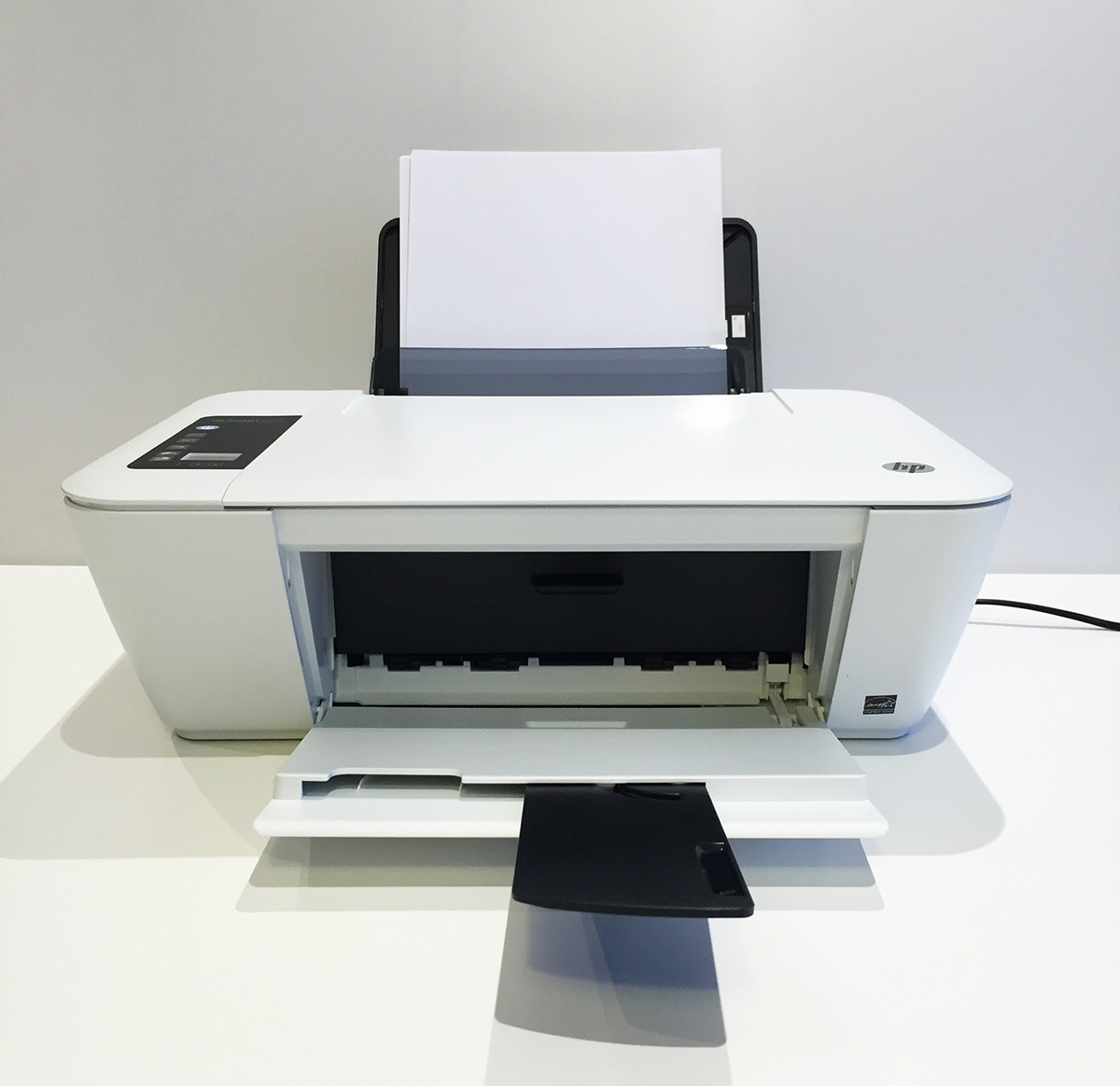

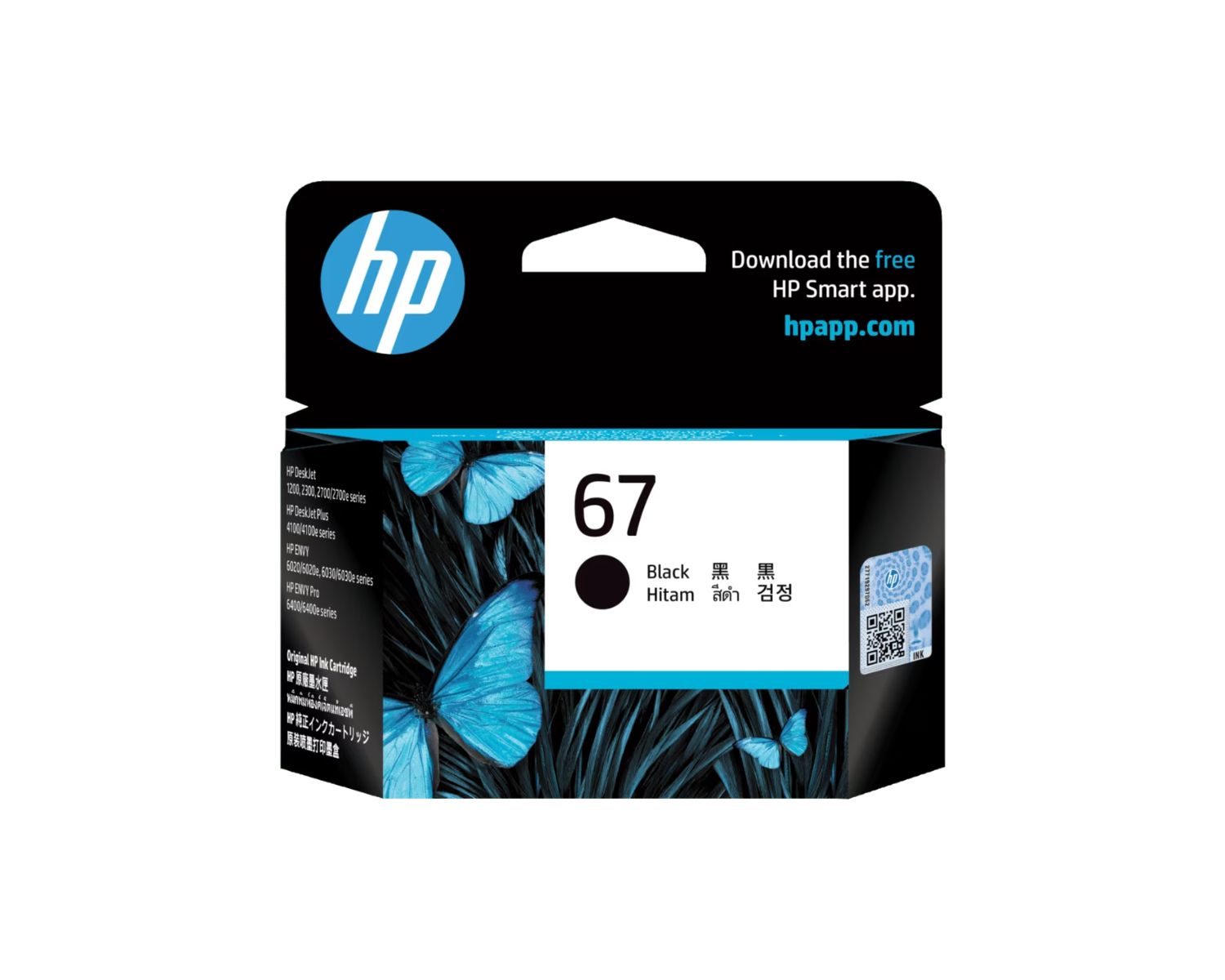
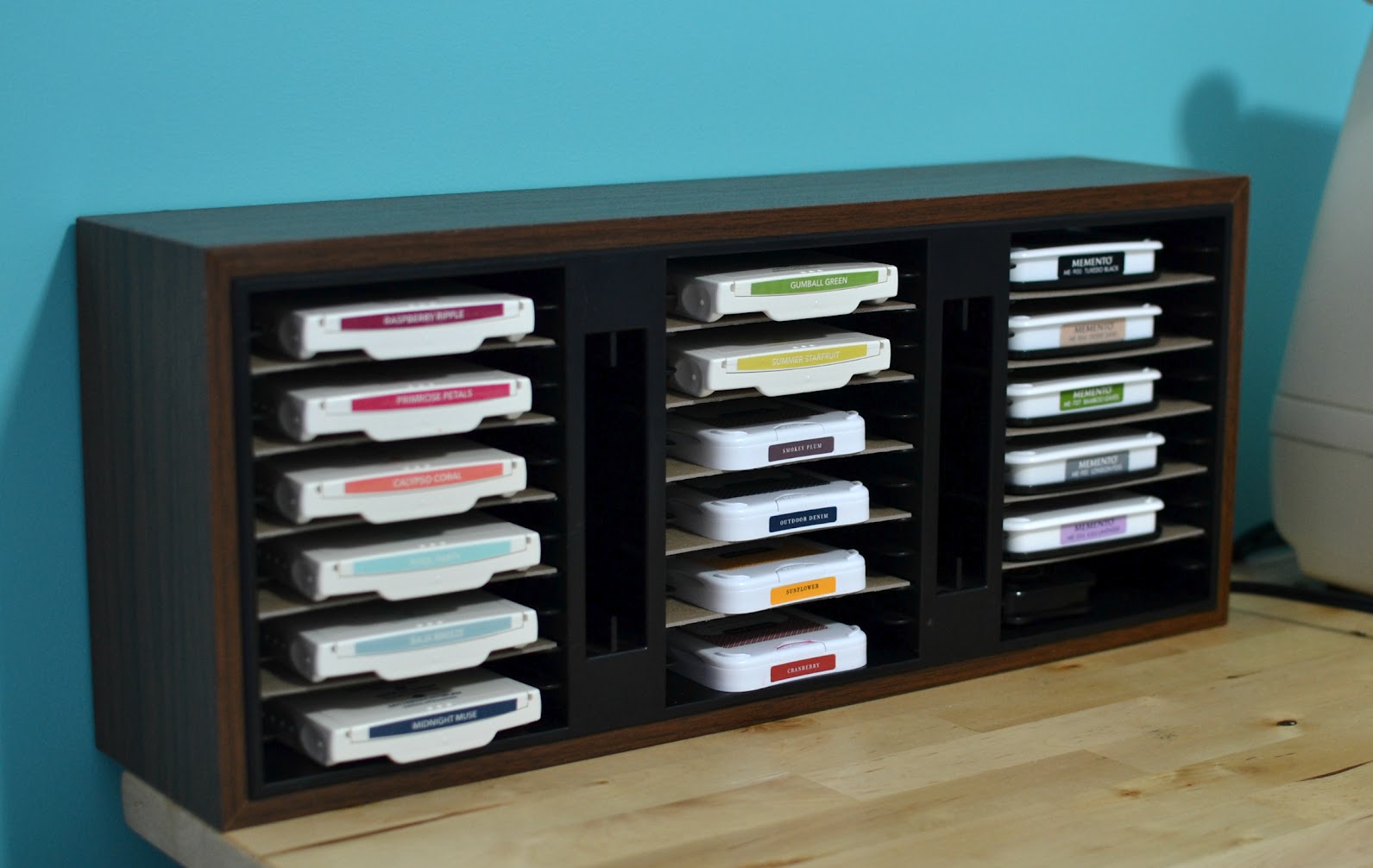
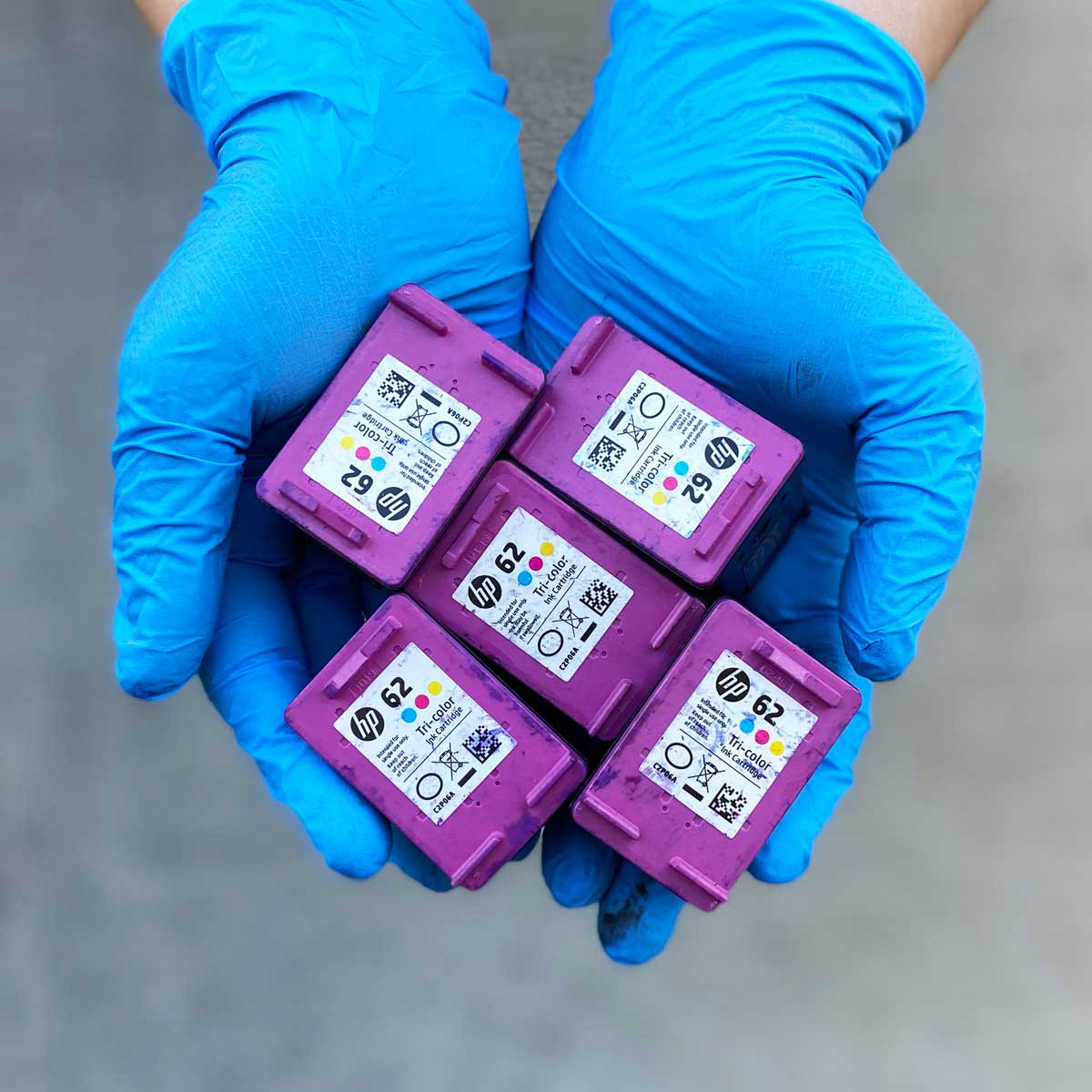
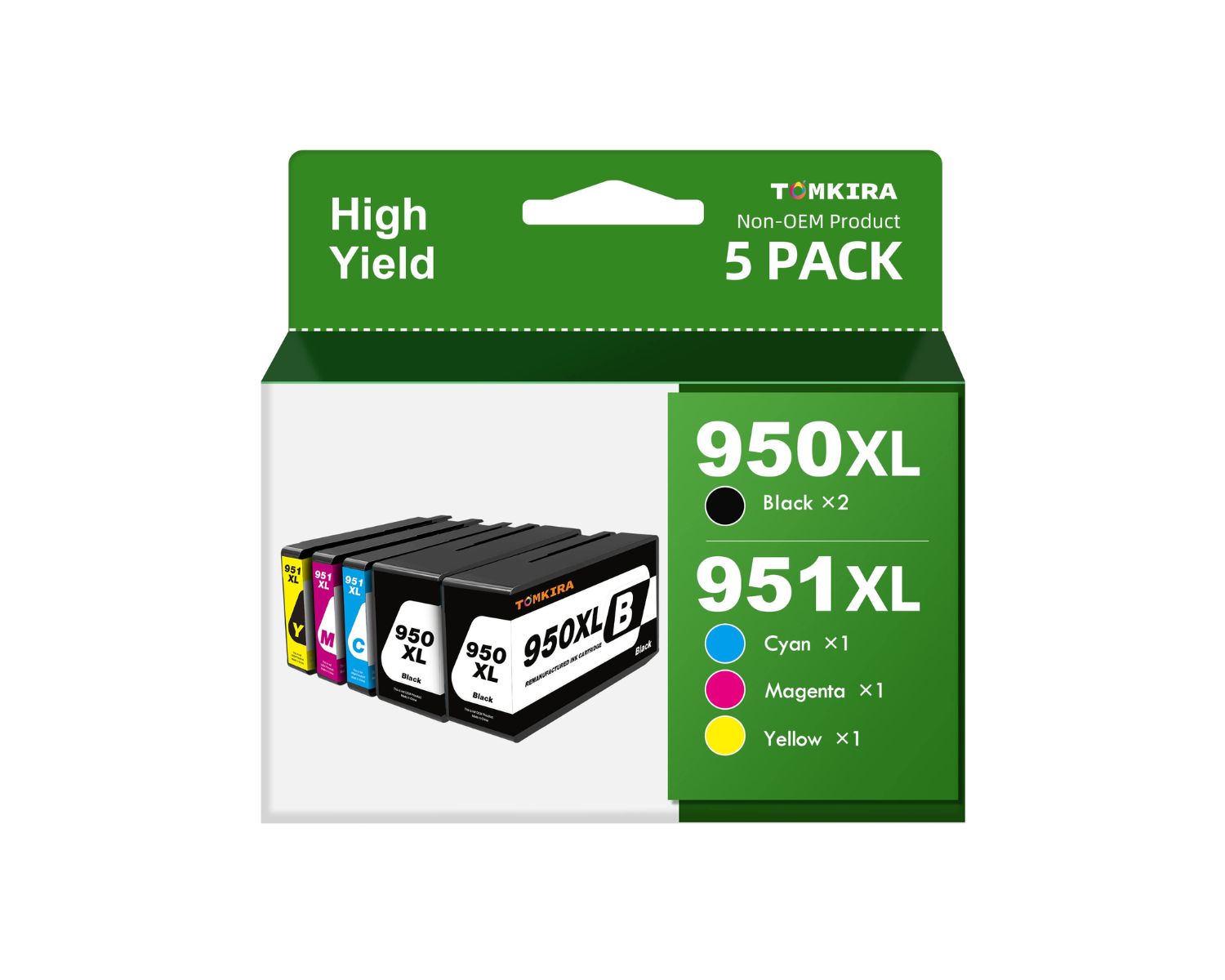
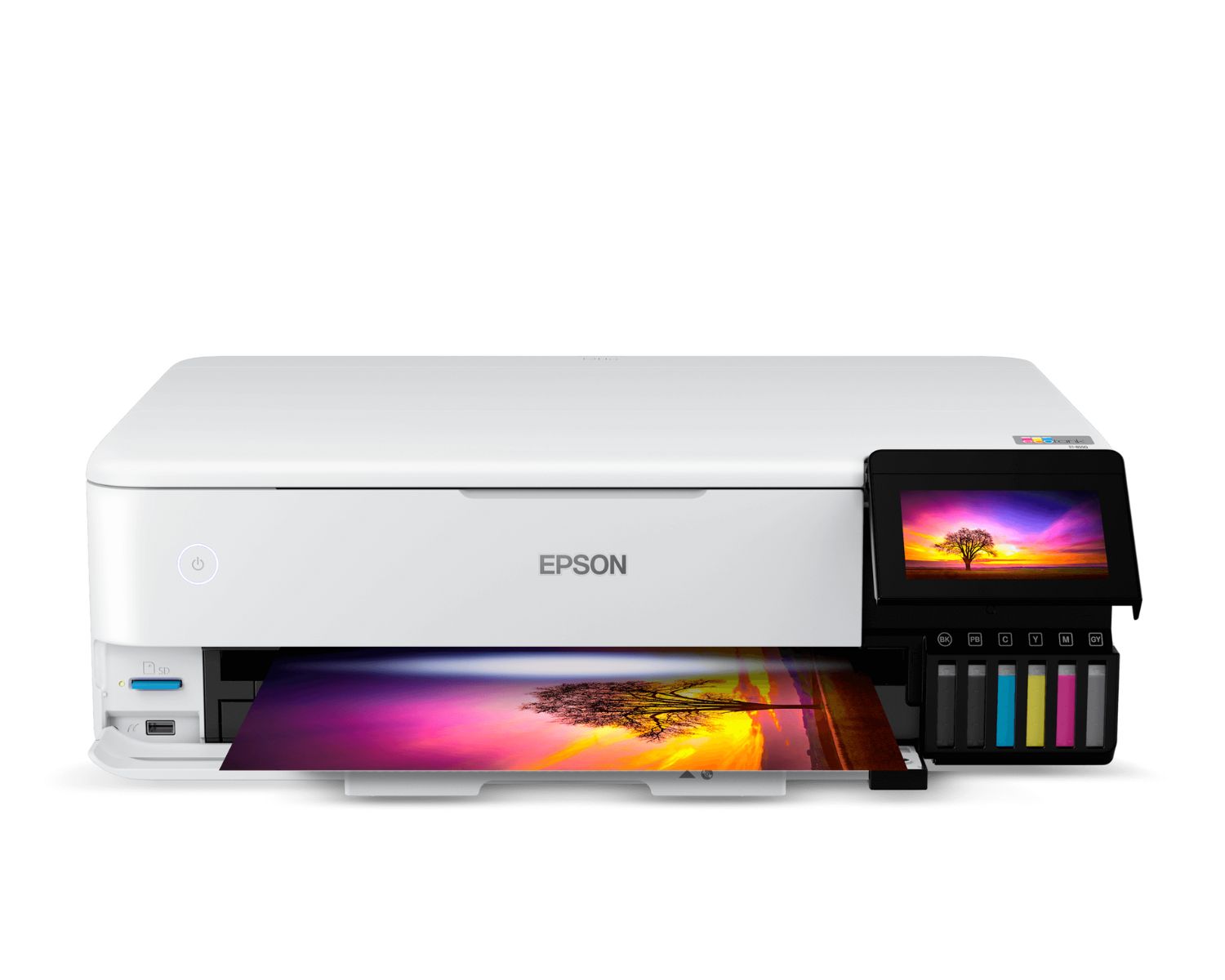
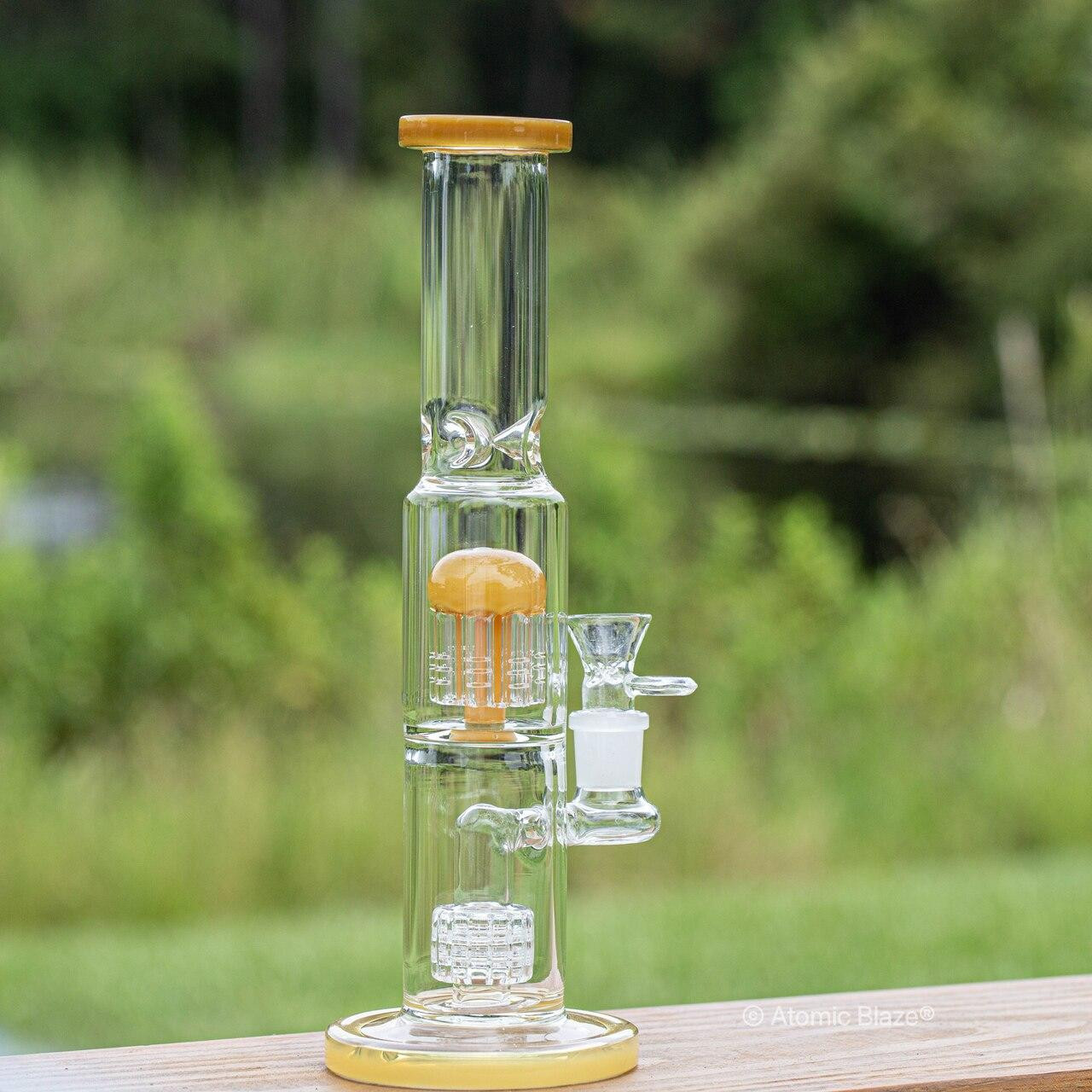
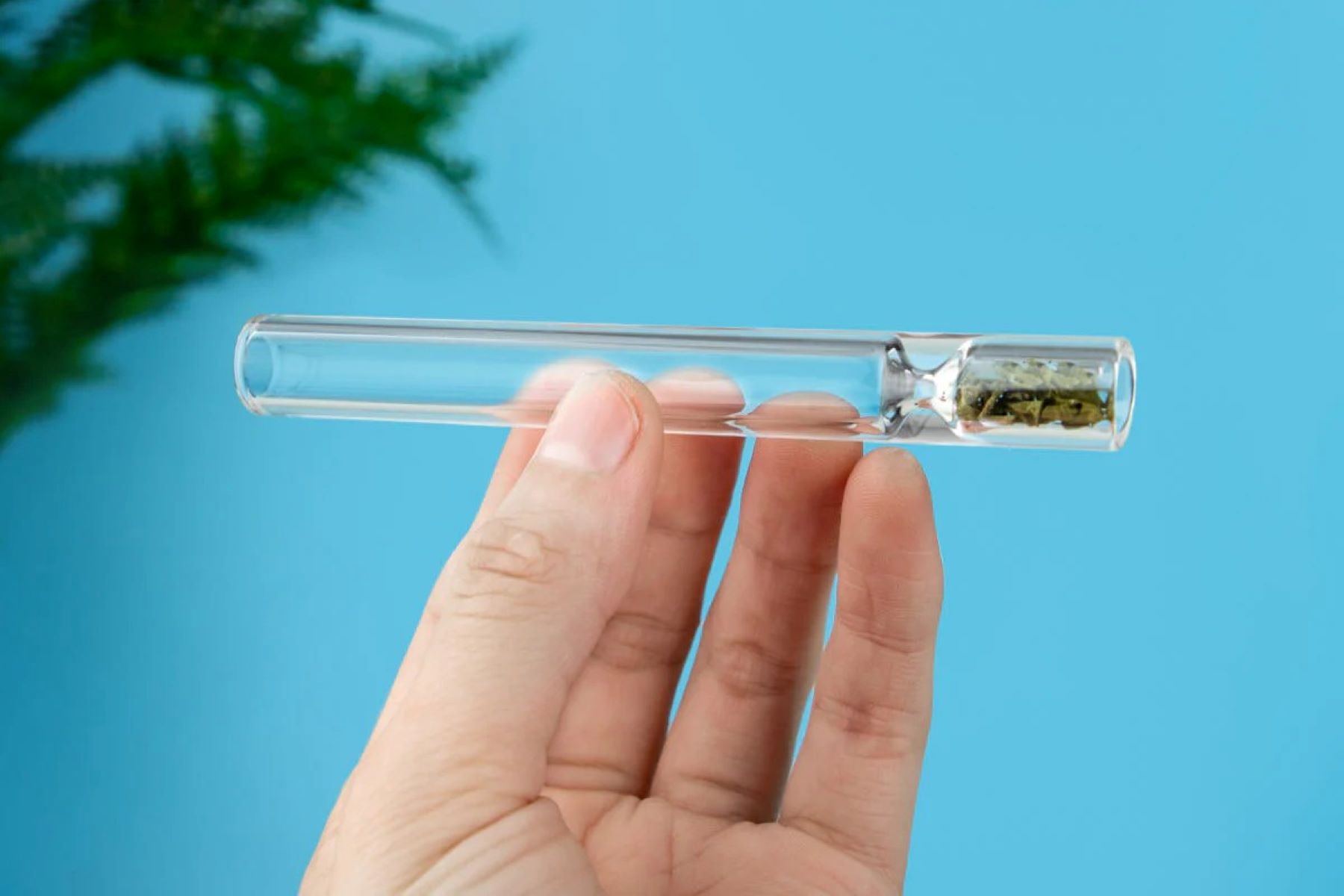
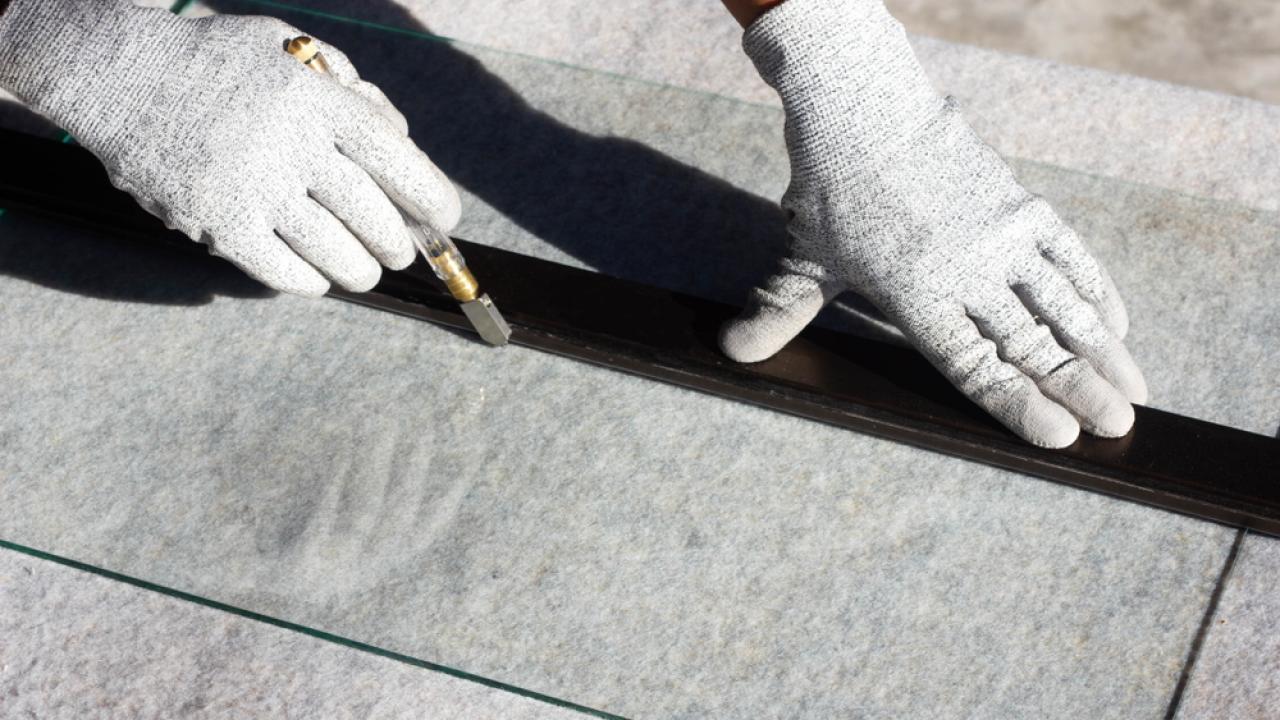

0 thoughts on “How To Use Alcohol Ink On Glass”